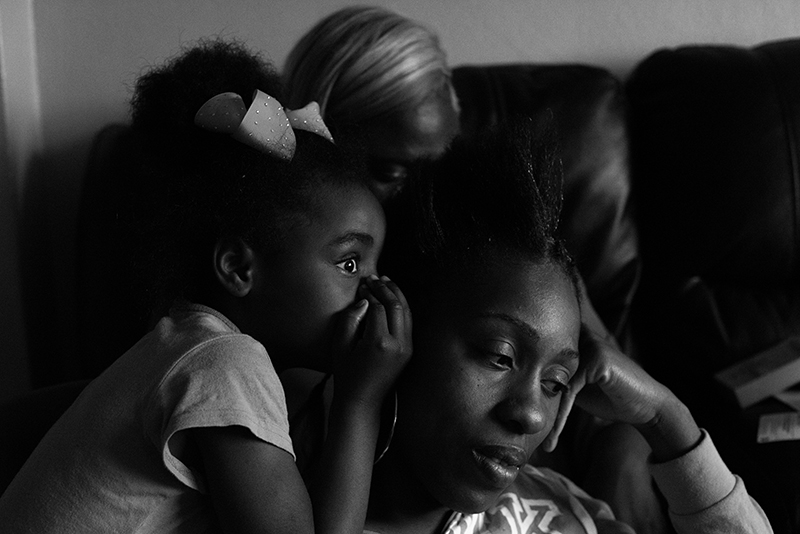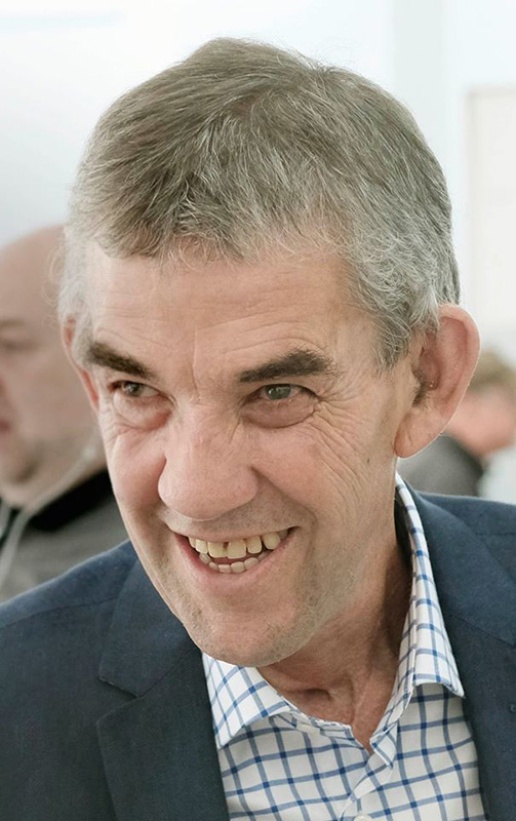This week on Photojournalism Now: Friday Round Up – Shahidul Alam’s The Tide Will Turn, plus Magnet Galleries last show for the year and the five winners of Getty Images first Disability-Focused Creative Bursary. And if you missed my comprehensive review of WATER currently on show at QAGOMA, you can read it here at ABR Arts.
Book:
Shahidul Alam – The Tide Will Turn
“I believe the tide will turn. It will. It must. This foolish, shortsighted cruelty will give way to something kinder and more visionary. This particular malaise, this bout of ill health that has engulfed our planet will pass.” Arundhati Roy

In 2013 I first met Shahidul Alam. He was in Sydney for the Head On Photo Festival where his body of work Crossfire was a featured exhibition. I remember sitting in the back seat of festival director Moshe Rosenzveig’s car wedged between boxes of books and festival programs (which was just as well because there was no seat belt!). Shahidul was in the front and while Moshe raced through the streets to the next event, we had a lively discussion about the power of photography, about hope and resistance.
The next time I caught up with Shahidul it was in New Zealand where he was guest curator, and also an exhibitor, at the Auckland Festival of Photography. Again we picked up our conversation on the value of photography particularly today in an image saturated world. He has also been generous in sharing his thoughts on my PhD topic which is centred on the idea of photography as social change and connecting me with others he thought might help.

When he was arrested and jailed last year I joined the throng of international voices calling for his release and rejoiced at his freedom 107 days later. One year after his ordeal comes the book The Tide Will Turn. Producing a book in such a short time is an extraordinary feat especially when you factor that since his release Shahidul, who is in his early sixties, has kept to his usually hectic schedule of appearances and talks, travelling the world. Although I should not be surprised as he is one of the most prolific people I know.
This book is a collaborative work that features the voices of many including those who were incarcerated with Shahidul in Keraniganj Jail. It weaves stories of Shahidul’s incarceration with historical moments in Bangladeshi photojournalism, his establishment of Drik photo agency, and also features documentary photographs from Shahidul’s own projects.
The book is divided into four parts. In the introduction we are reminded of how protests sparked by the hit and run deaths of two students in Dhaka, Bangladesh, turned from anger about road safety to outrage about the systemic corruption and inaction of the government. In August 2018 Shahidul expressed his views in an interview with Al Jazeera which led to him being forcibly dragged from his apartment, tortured and incarcerated. He is on bail now, but not out of the woods.
The book moves from this preface to Keraniganj Jail where Shahidul shares his own experience of being locked up, and also tells the stories of those he met. Many of the men had been horrifically tortured showing Shahidul their wounds. More than once he wished for a camera, his retelling in words the only evidence of the injustices meted out. Yet the spirit of human kindness survived even in this hell hole, with prisoners reaching out to help Shahidul.

Following this chapter is one dedicated to Art after which comes Politics. As editor Vijay Prashad writes in the book, art and politics are intertwined and it is difficult to separate the two especially when it comes to social documentary photography. The section on Art presents a fascinating short history of photojournalism in Bangladesh, before moving to discuss how photography can be used to tell stories where there is no visual evidence, only echoes of what may have transpired. This is where Art and documentary meld, and Shahidul’s own work on the abduction in 1996 of Kalpana Chakma, the leader of the Hill Women’s Federation, provides a compelling example of his conceptual approach to telling an invisible story.
In the chapter Politics Shahidul writes that “having an independent and questioning mind is the biggest crime that a citizen can now commit…The politics of subservience, sycophancy and boot-licking is the new cultural norm.” I am not sure which country this statement applies to anymore given the state of politics in the west and the rise of fascism in once democratic realms including Australia. We are living in interesting times and photography is perhaps more important now than ever before in keeping our focus on the things that politicians and those in power want hidden.
In the final section are two letters between Arundhati Roy and Shahidul, but it is the latter that I want to quote from because what Shahidul writes is to me the essence of what makes a photojournalist tick; the innate hope and belief in the power of the people and in the good of humanity. Despite the horrors that these professionals have seen, despite the precarious career choice in terms of stability and income, despite the overwhelming evidence that history repeats, hope for a better world prevails. A hope that I too hold onto.

And so, to close with Shahidul’s final words in this remarkable book: “the tide will turn, and the nameless, faceless people will rise. They will rise against the entire state machinery…We will have democracy. We will have social equality. We will win back this land.” I feel that Shahidul is speaking for us all.
The Tide Will Turn – book design by Shahidul Alam and Holger Feroudj / Steidl Design
184 pages; 7.3 x 9.3 in. / 18.5 x 23.5 cm
37 black-and-white and 74 colour photographs Four-colour process; Clothbound hardcover; € 28.00 / £ 25.00 / US$ 30.00 FREE worldwide shipping. Steidl
Exhibition:
Elements of Focus – Andrew Follows

Sadly, photographer Andrew Follows passed away this week from cancer of the oesophagus. He did attend the opening of his last exhibition at Magnet Galleries, and was thrilled with the reception to his work.

Andrew was legally blind, but he didn’t let this diminish his passion for cars and photography. He said, “My tunnel vision means that I can’t see the object as a whole. When I’m photographing a car, I take shots of each individual element of the car, and then piece the final image together like a jigsaw puzzle.”
Funds raised from this show will benefit artists with disability with a future biennial prize to be awarded from the ANDREW FOLLOWS TRUST.
Until 21 December
Magnet Galleries SC G19 Wharf Street , The District, Docklands, Melbourne
Disability Stories Grant Winners
Getty Images and Verizon Media’s Disability Stories Grants awards one recipient $15,000, another $10,000 and three recipients $5,000 each. The winners for the 2019 grant round are:
First Place ($15,000)


Nolan Ryan Trowe for Adopted Family. Nolan is a disabled documentary photographer and film maker who is inspired by the human condition. His project sheds light on a group of 10 people with disabilities who gather weekly in Harlem, New York to discuss disability rights and representation.
Nolan says, “I feel free to explore concepts and ideas that I may not have considered before winning this prize, and that’s liberating. This bursary is a chance for people with disabilities to honestly express themselves.”
Second Place ($10,000)

Snezhana von Buedingen for Sofie at Work. Snezhana, from Cologne, Germany, documents the life of a young woman with down syndrome for two years as she transitions into adulthood and faces the day-to-day challenges of her disability.
Third Place ($5,000)
Adetona Omokanye: Beyond 4 Foot 10 Inches which aims to deconstruct the socio-cultural stereotypes of dwarfs in media and advertising.
Isabel Alexander: Metronome captures Isabel’s brother, who has autism, and the ways in which his disability impacts not only his life, but the lives of those who are closest to him.
Jacqueline Foss: in Beneath the Skin Jacqueline, who lives in Baltimore, uses self-portrait therapy to express what it is like to live with chronic ailments.
This grant round is part of the Getty Images Grant program which has awarded in excess of US $1.4 million since its inception 15 years ago.



1 Comment